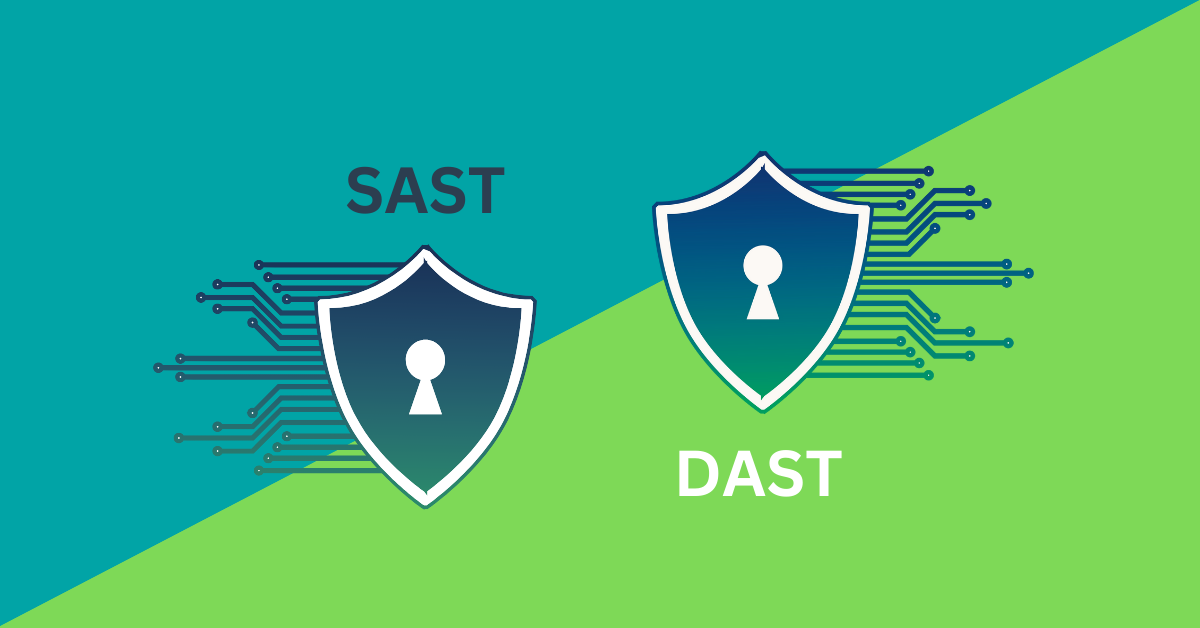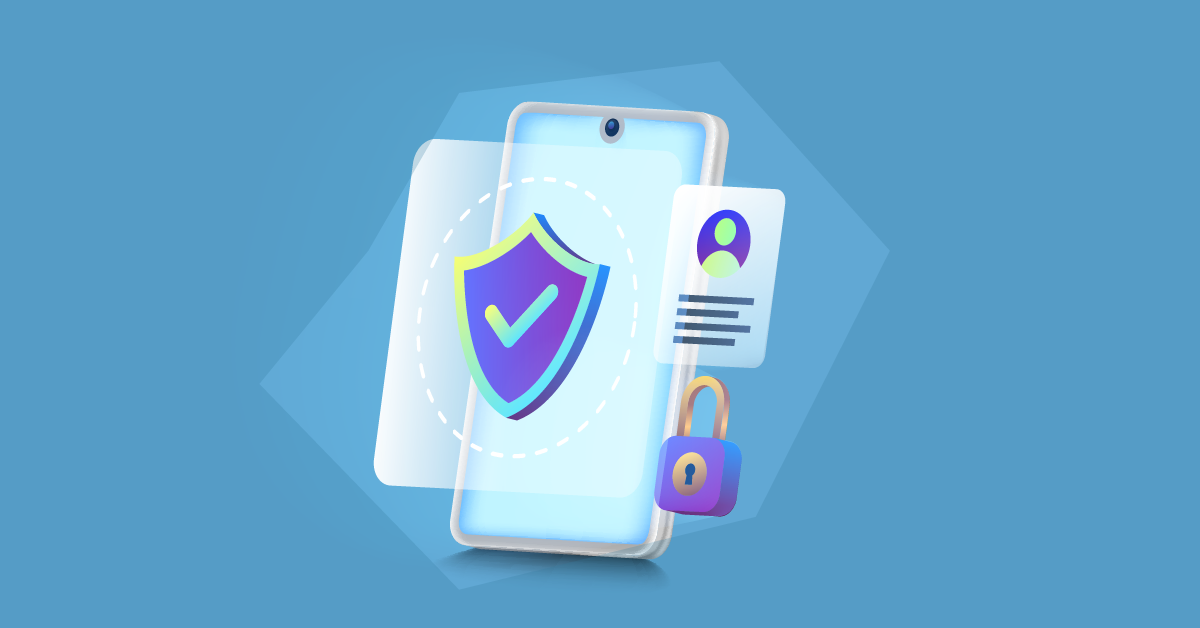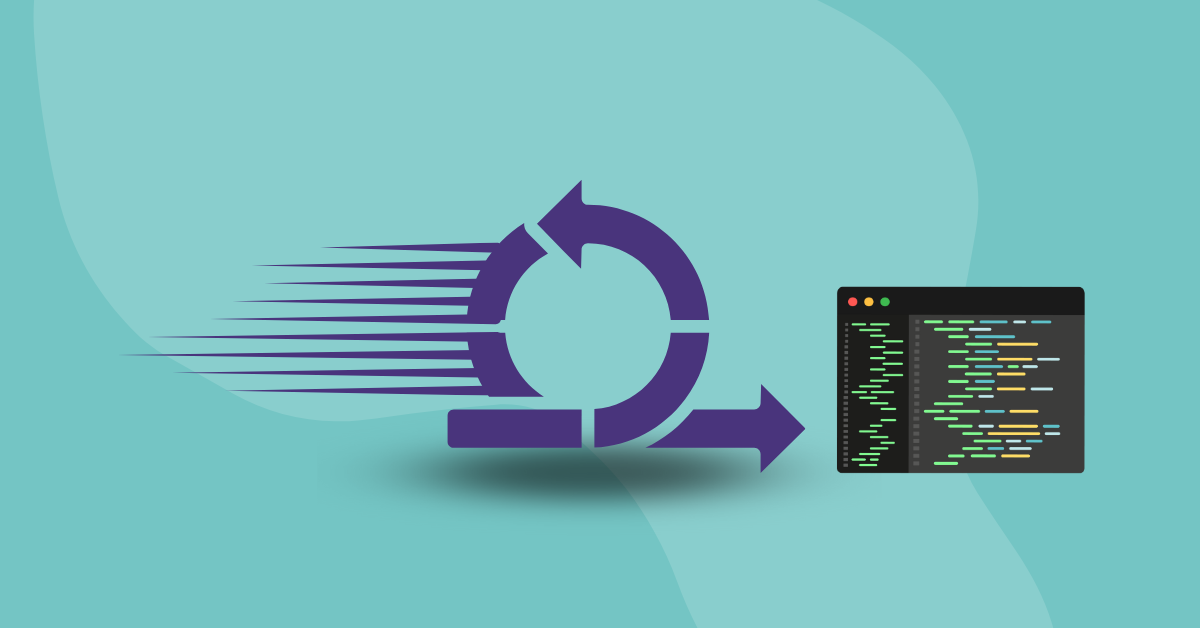

There’s a reason so many organizations are changing their approach to security. Data breaches cost organizations an average of $4.5 million. The old approach, where developers built their code and left worries about testing to the later phases, wasn’t working out. Waiting for vulnerabilities to manifest later in the software development lifecycle (SDLC) costs more than fixing the issue initially.
That’s led to more widespread use of a shift-left approach to development. Software engineers take on greater responsibility for identifying and repairing issues early in development. The development, security, and operations framework (DevSecOps) introduces testing at every phase, reducing the time it takes to locate and repair software issues.
DevSecOps combines tools, strategies, and processes for handling security at every SDLC phase. Instead of handing all security concerns off to security personnel at the end of development, DevSecOps encourages everyone on a project team to play a role in application security.
This concept can be complex for organizations that use the traditional waterfall model, where work must be completed in one phase before moving on to another. With DevSecOps, everyone has a job to do regarding security. Having a sense of shared responsibility among everyone helps build a culture where security is always a top concern.
The increasing cost of successful cyberattacks is a sobering reminder of the need to enforce a robust, overarching security strategy. DevSecOps offers advantages over traditional security by:
Let’s look at how organizations benefit from a shift-left approach to security.
In the real world, developers must often rely on software and components built by others to speed up project delivery. However, they bring the risk of introducing malware, viruses, and other vulnerabilities into a current product. Tools like static application security testing are the best way to prevent this.
Kiuwan provides this capability by reviewing the written code to reveal potential issues. The platform also examines third-party components and external libraries to determine if there are known vulnerabilities.
One benefit of using Kiuwan is that it integrates into the most popular code editors and integrated development environments (IDEs). Having immediate feedback is invaluable in helping developers stick to best coding practices and locate problems on the spot.
In addition, teams should perform real-time log analysis to identify any unusual activity or possible security breaches. DevSecOps also provides a feedback loop between security, operations, and developers. This helps communicate any vulnerabilities discovered in the SDLC, allowing them to be addressed quickly.
DevSecOps relies on embedding security tools and practices throughout the development pipeline, making security an ongoing concern for everyone. Taking a proactive stance on security increases the chances of locating and mitigating security vulnerabilities during design and development versus having issues crop up after deployment.
Kiuwan allows companies to provide a centralized repository for all security policies. This helps teams handle issues like version control, set up automated testing, and consistently deploy security measures. Adding automation into the development process helps scale security efforts across other projects, ensuring the maintenance of security standards as companies grow and evolve.
DevSecOps uses automation tools that perform ongoing code checks. Kiuwan also examines configuration files to ensure they adhere to compliance and security standards. Their tools check for violations of regulatory standards so developers can fix the issue immediately.
Continuous monitoring and reporting tools give users real-time visibility into an application’s security and compliance status. These solutions help generate audit reports to ensure compliance standards remain up-to-date and available to those who need them.
DevSecOps also incorporates risk assessments and threat modeling from the start of the SDLC. Locating risks during the design phase allows time for implementing appropriate security measures to mitigate them before they manifest in later stages.
Other ways you can improve risk management using DevSecOps include:
DevSecOps enables teams to set up predefined responses to specific incidents. These automated workflows help isolate any affected systems to keep issues from spreading to other parts of the company infrastructure. Organizations can also use these computerized workflows to apply patches and roll back changes to a previously stable version, reducing response times.
Companies can also improve incident response and recovery by using tools like intrusion detection systems (IDS) and intrusion prevention systems (IPS) to locate security threats. These tools also perform continuous vulnerability scanning, allowing teams to start remediating incidents before they escalate.
DevSecOps encourages the use and maintenance of incident response playbooks that offer detailed instructions on how to handle various incidents. A well-documented response plan helps teams act quickly when responding to an incident.
Every organization’s goal is to improve the lives of its customers and users. A trusted tool like Kiuwan can help you develop vulnerability-free applications that do precisely that. Kiuwan also helps companies ensure compliance with industry standards. Contact us today if you’d like to learn more about the benefits of our platform.


